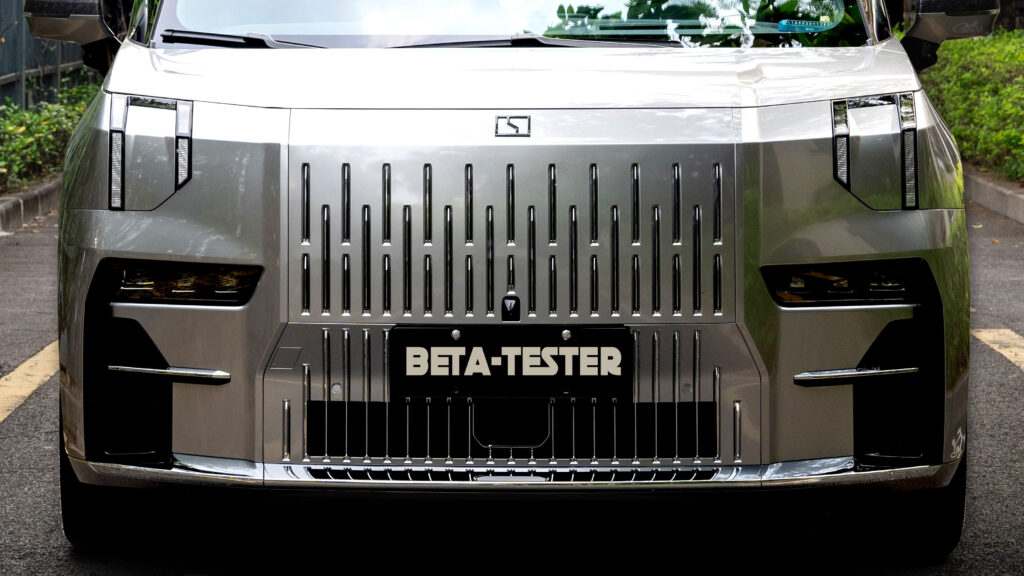New Guidelines

It’s official: China is revamping how automakers communicate about advanced driver-assistance systems (ADAS). The Chinese Ministry of Industry and Information Technology (MIIT) has laid out new rules to eliminate misleading terms in car adverts, which have often left consumers puzzled. Gone are the buzzwords like “smart driving” or “autonomous driving.” Instead, automakers must use standardized SAE levels to describe the technology—for instance, Level 0 for no assistance to Level 5 for a fully autonomous experience.
Standardizing Tech

Ever felt confused about how car companies label their autonomous tech? That’s about to change, at least in China. The MIIT requires the use of the SAE’s six-level system to clear up any confusion. While most existing systems, including Tesla’s Full Self-Driving, are Level 2, some exceptions like Mercedes-Benz’s Drive Pilot reach Level 3. By mandating these labels, consumers get a more precise idea of what the tech actually does, reducing the chance of misunderstandings.
Changing Features
But it doesn’t stop at advertising. The MIIT is also cracking down on certain car capabilities. For instance, smart-summon features, similar to Tesla’s function where cars move without a driver behind the wheel, are getting the boot due to safety concerns. Additionally, frequent over-the-air (OTA) updates and public beta tests are facing limitations to ensure consumer safety and product consistency.
Safety or Setback?
The push for these changes follows recent high-profile incidents in China, such as a tragic accident involving a Xiaomi SU7. These rules could foster safer roads, but some argue that they might delay the development of fully autonomous vehicles. It’s a balancing act—ensuring safe implementation without throttling innovation is no small feat. The real question is whether Western countries should follow China’s lead to regulate the rapidly evolving field of autonomous driving. This move by China might just ignite global standards for how society approaches and integrates such advanced technologies.
Driving Impact
From a driver’s perspective, these changes might make owning such a vehicle feel more controlled and monitored, but also potentially less cutting-edge. Comparatively, while the cars still might have some catching up to do when stacked against American tech, the safer and more transparent standards could lead to a trusting driving environment. Vehicle autonomy can be a game-changer, and understanding these technologies is a key part of what makes these cars fascinating and equally cautious.
These changes by China are drawing all eyes on how automotive tech will shape up, not just in China but around the globe. It’s an exciting and potentially turbulent time for the automotive world, as everyone navigates these new waters.
Subaru's Electric STI
Tariff Hits Car Market
Porsche EV Bargain
Hyundai's Adventure SUV
Mazda's Dream Wagon